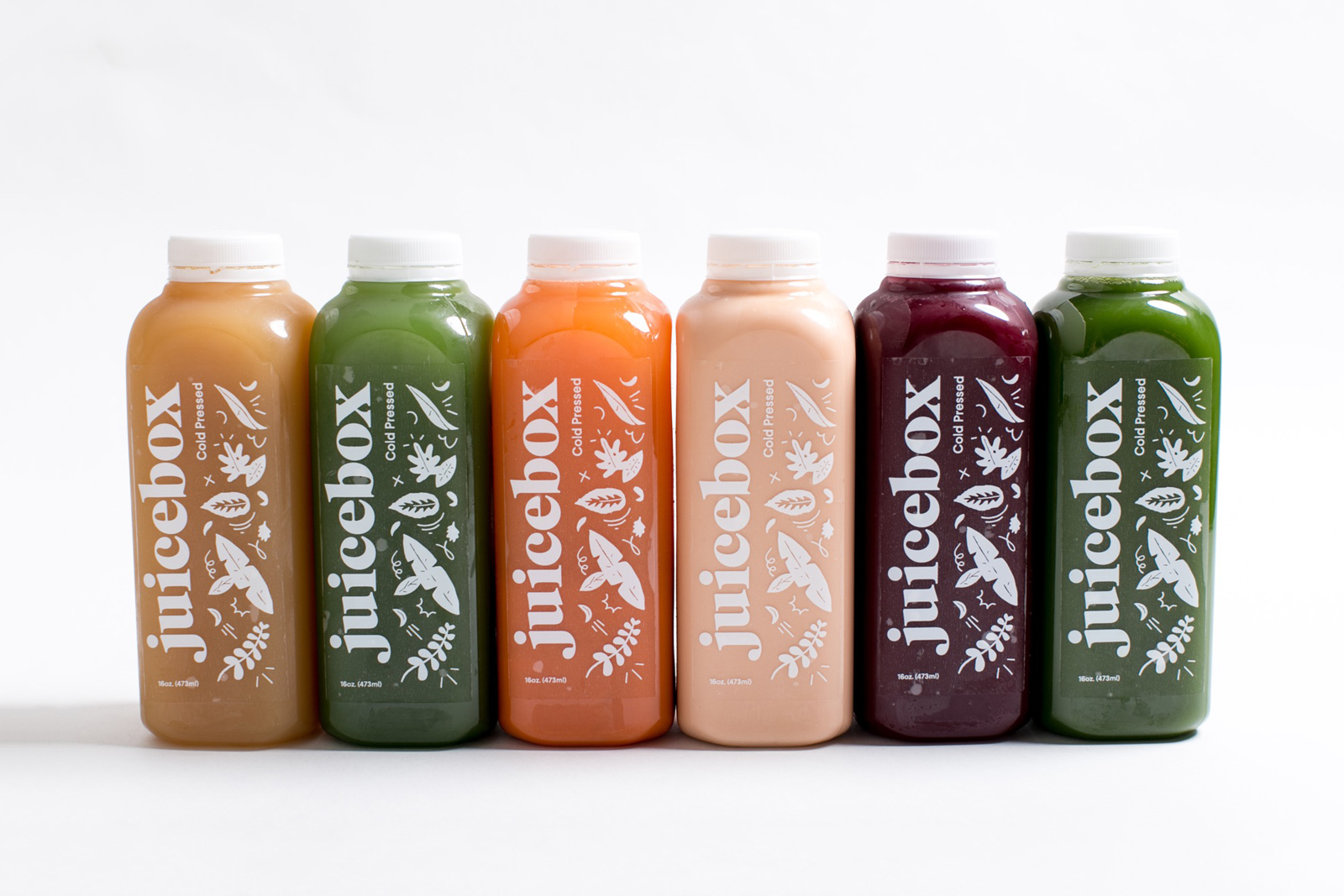


It’s also rated to operate safely in temperatures between -22° to 122° Fahrenheit, and its plug has a protective rubber cap. If you’d like the option of installing your charger outside, the Grizzl-E Classic has the most weatherproof exterior of any we tested, with a rating that shows it can shield the charger from superficial dirt, dust, oils, moisture, and even heavy rain or snow. And it has a long, slim cord that can be neatly wound around the included cable organizer. This charger is also fairly compact, so it won’t take up much garage space, and it’s lightweight enough to lift into a trunk or mount onto a wall with relative ease. It’s available in two plug-in configurations and can also be hardwired, whereas many of the models we tested have just one or two installation options. The three-year warranty is as long as any we’ve seen, giving you plenty of time to make sure the charger works properly and meets your needs. It’s rated for a maximum current of 40 A, which we were able to reproduce in our testing, allowing it to charge much faster than the Level 1 chargers that come with most EVs. For this guide, we chose to focus on chargers that are compatible with either a J1772 or a Tesla port, as well as on adapters that can convert one type of plug to the opposite type of port.ĭespite costing less than any other J1772 (non-Tesla) EV charger in our testing pool at this writing, the United Chargers Grizzl-E Classic offers many of the same capabilities and features seen in pricier models. Teslas have their own proprietary charging port (much like how iPhones charge from Apple’s exclusive Lightning port, whereas most other smartphones have a USB-C port).

The latter category is made up mostly of EVs from legacy car manufacturers like Chevrolet, Ford, and Volkswagen, with a charging port where the gas tank would normally be (called a J1772 port). The vast majority of EVs fall into one of two categories: Tesla and everything that’s not a Tesla.
#Juicebox energy drivers
They’re also more likely to have premium features, such as a power cord that’s long enough to reach across a two-car garage or a wide variety of installation options.Īfter 28 hours of research and 85 hours of testing, we found that the United Chargers Grizzl-E Classic is the best at-home charger for most EV drivers, whereas Tesla drivers should stick with the Tesla Wall Connector. But a 240-volt Level 2 charger is the fastest way to juice up an EV at home, adding four or more times as many miles per hour of charge. Most modern EVs ship with a Level 1 charger-these tend to be small, portable, and slow-charging, thanks to their 120-volt output. “Feedback from customers who have seen this system has been extremely positive, and we have now started selling JuiceBox Energy systems to our customers.Whether you’re a longtime electric vehicle owner or you’re still waiting for your first EV to leave the factory floor, you should consider investing in a Level 2 charger for your home. “By installing the JuiceBox Energy system at my own home, I’m showing my customers that I believe this is an invaluable product for Hawaii homeowners who want to guarantee utility approval, keep the lights on when the grid goes down and improve the return on their investment in solar.” said Brad Albert, co-owner of Rising Sun Solar.
#Juicebox energy install
JuiceBox Energy partnered with Rising Sun Solar, one of Hawaii’s top home solar installers, to install the energy storage systems at the home of Brad Albert, Rising Sun Solar’s co-owner. San Jose, CA, USA, Novem– JuiceBox Energy, a privately-held Silicon Valley company committed to providing safe, reliable, intelligent, and connected energy storage, announces the first Hawaii installation of its 8.6 kWh Energy Storage System with Rising Sun Solar on the island of Maui.


 0 kommentar(er)
0 kommentar(er)
